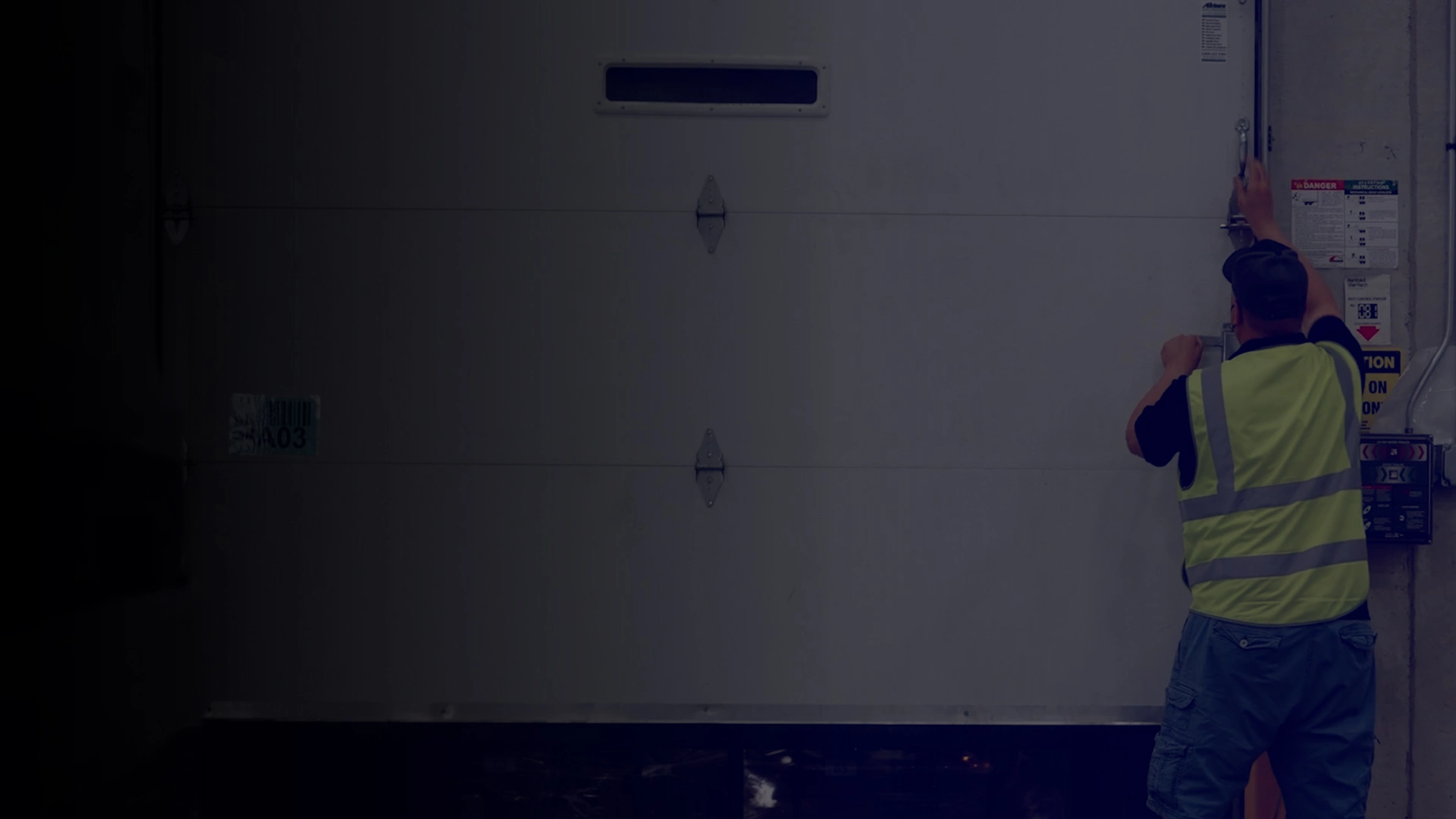The security challenges we see aren't just industry-specific, they are going around for everybody. Cybercriminals used to mainly attack businesses that seemed to have a lot of money, but now they’re hitting many, many industries, both small and large companies alike.
— Jim Hawton, Chief Information & Technology Officer, Bay Cities Packaging & Design


The Sphere is Changing
In an environment where threat actors are constantly finding new ways to execute their attacks, being aware of vulnerabilities and risks at stake is the first step in protecting an organization. Hawton explains that a company’s biggest weakness may be believing that any organization is “immune” from cyberattacks.
“Don’t take the attitude that it can’t happen to you. You want to be in front of it and select the product that you know isn’t of ‘the old school,’” Hawton says. By “old school," he means technology that relies on signatures, heuristics, and constant updates to identify known attacks. “That (approach) was based on the new items that got caught. But you don't want to wait until they get caught, you’ve got to be in front of them and try to stop attacks before they happen.” This ability to anticipate and identify previously unknown, or “zero day” attacks is especially critical as the amount of novel malware explodes — it’s up 70% quarter-over-quarter according to the most recent BlackBerry Threat Report.
At the same time, the current threat landscape has completely shifted to a point where all organizations, no matter how big or small, are equally at risk. In addition, most organizations like Bay Cities are leanly staffed in IT and cybersecurity roles, and that leads to gaps in security when team members are busy with something else, out sick, or on vacation. Hawton needed a way to address the fact that attackers don’t take weekends off — but he and his staff do. The organization had to approach cybersecurity differently than it had in the past, and develop a new strategy to protect the company.
Understanding the Need for Security

When searching for a cybersecurity solution, Bay Cities looked for one that aligned with its vision of education as a priority. After testing multiple products, the team implemented BlackBerry's Cylance product portfolio, which leverage the company’s pioneering work in AI-based endpoint security.
“When we put Cylance into play, it was an easy install, and we also teamed up with the Threat Zero division of BlackBerry that helps you get set up and really look at the environment closer. Utilizing the Threat Zero team, we were able to get a good understanding quickly of how to set up and put blockers into place for the scripting, and to see how the different areas of Cylance work to identify and stop threats.”

A Perfect Fit
Following years of cybersecurity success with BlackBerry, Bay Cities has expanded its partnership by adding additional BlackBerry Cylance products and services.
Bay Cities’ cybersecurity strategy now incorporates the use of BlackBerry’s CylanceENDPOINT™, CylanceEDGE™, CylanceMDR™ for 24x7x365 managed detection and response (MDR) service, and BlackBerry® UEM (unified endpoint management). “We really want to know what's happening within our environment by looking at one spot,” Hawton says. And the CylanceMDR team helps tremendously with this as well, acting as an extension of the Bay Cities team and actively educating team members on how best to approach threat prevention, detection and response.
A Solid Fit for the Future
BlackBerry and its solutions align well with the value Bay Cities’ places on education and staying informed. The BlackBerry team ensures that Bay Cities knows what is happening every step of the way, from initial installation to developing and executing a thorough and fitting strategy.
“Nothing seemed like a solid fit in our enterprise,” Hawton says, until BlackBerry Cylance. “Once we put in Cylance, it seemed to be a solid fit into the whole environment.”

Industry
Location
Website


